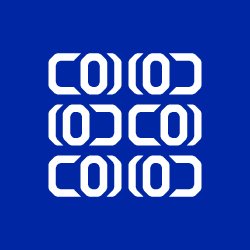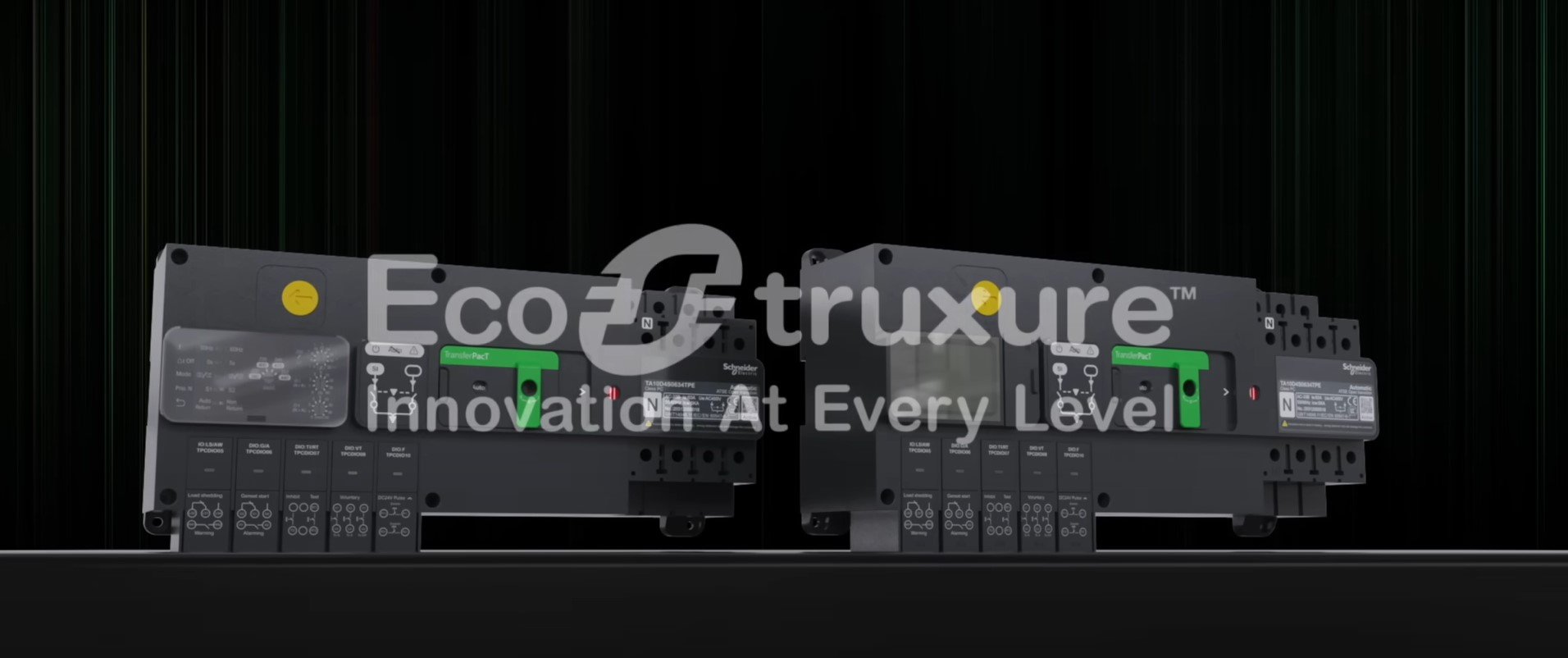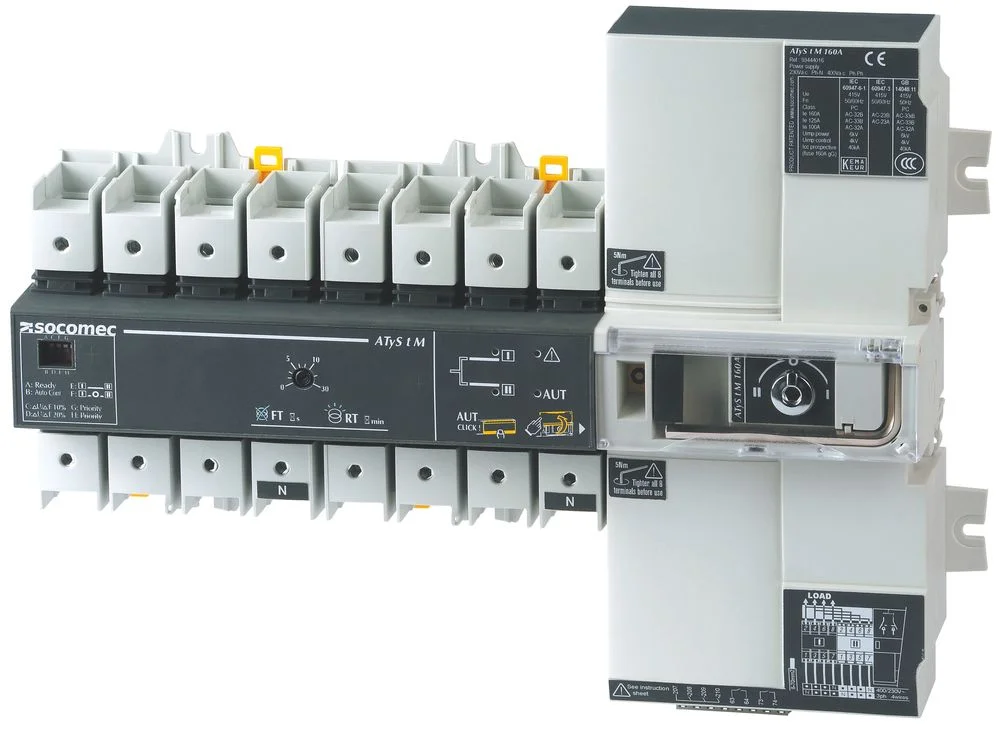Today I come to talk about TransferPact, Schneider Electric Automatic Network Switching.
And this product has not been in Schneider Electric’s catalog for so long despite being highly demanded in today’s systems and industries. But finally they have decided to put a version on the market and we hope to soon get one of these devices to show them on our Youtube Channel, to which you can subscribe and activate the little bell so you do not miss any of our content. You can do it directly by clicking here.
Without further ado, let’s get started!!!
What is an Automatic Network Switching (ATS)?
Before talking directly about Schneider Electric’s TransferPact range, let’s point out that it is an Automatic Network Switching.

An Automatic Transfer Switch (ATS) is basically a device that, as its name suggests, automatically transfers the electrical supply from its main power supply network to its emergency or standby network. This secondary network can be an emergency system, a generator set or any other type of electrical generation source totally independent from the main network.
Normally Automatic Network Switches are able to detect when the power fails and need to make the transfer from Main to Secondary Grid and vice versa as well to bring the system back to normal.
Types of Network Switching Equipment
It is an automatic switchgear, which includes all the necessary sensing, supervisory and control logic inputs to transfer operations.
-
Remote Transfer Switching Equipment (RTSE):
It is an electrically operated, non-automatic transfer switchgear.
-
Manual Transfer Switching Equipment (MTSE):
Manually operated, non-electrical transfer switchgear.

Background on the TransferPact Range of Equipment
Although the launch of this new Automatic Network Switching is a novelty since it is the first monoblock that Schneider Electric presents, it must be made clear that there was already a solution for network switching systems, even automatically.
While the arrival of this equipment will not eliminate the other ranges in general, it will be clear that up to 160A of intensity this new device will be the best option.
Below we will show these devices so that you can check the different ways and solutions offered to attack this type of problems.
Before mentioning the 3 ranges and solutions we leave some defined concepts to make it easier to understand the types of equipment we are going to mention.
Definition of Class PC:
They are mechanical switchgear, which do not require electrical power to keep the main contacts open or closed. They are capable of producing, carrying and switching currents under normal circuit conditions, including overload conditions.
-
Manual Switching of TransferPact FXM Networks
The TransferPact FXM Manual Network Switching is a PC-class device and a fully MTSE. It has a three-position handle (Normal Supply, Off and Standby Supply). It ranges from 100 to 630 amps in a monobloc device, which can also be used for 3 and 4 poles.

It has several accessories that give it greater versatility in installation, such as the downstream coupling accessory, locking system and rotary handle extension for cabinet doors.
-
Automatic Switching of ComPact NSX and NS Networks
In this case and in the following one, the switching is done by interlocking a group of devices together to achieve the same effect as with a monoblock system. The ComPact NSX and NS range is from 100A-630A and 630A-1600A respectively.
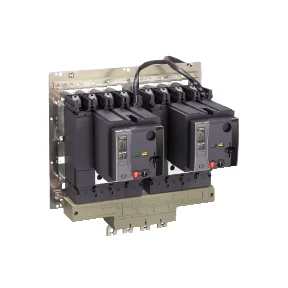
For the assembly of the ComPact NSX range, a mounting plate for mechanical interlocking is required. This is supplemented by a controller and a unit for electrical interlocking. Finally, the NSXs to be used are selected depending on the required current. These NSX will be accompanied by their respective motorized controls and auxiliary contacts.
All this assembly is usually performed in the factory by Schneider Electric to fully guarantee that the procedure is done correctly and covered 100% by the manufacturer’s warranty.
-
Automatic Network Switching MasterPact MTZ
In the case of the MasterPact MTZ Automatic Mains Switching range, it ranges from 630A to 6300A, clearly subdivided into slightly smaller sections in order to be able to select the necessary one depending on the intensity required by our Automatic Mains Switching.
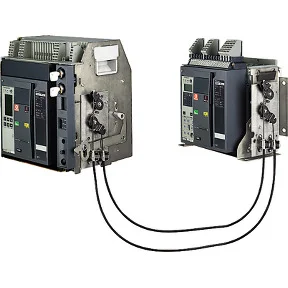
In this case the equipment, being much larger in size, cannot be mounted on rear mounting plates. Top and bottom mountings could be used where the mechanical interlocking would be done with a kind of metal pulleys or cables. The other equipment mentioned above is just as necessary to perform the entire switching process. So the controller, electrical interlocking unit and auxiliary contacts must also be installed.
As you have already noticed, these last two solutions of the ComPact and MasterPact ranges are somewhat more cumbersome than a monoblock system, but for the time being they are the existing ones for these types of requirements in terms of currents.
TransferPact Schneider Electric Automatic Monoblock Network Switching

Entering fully into this new monoblock equipment recently introduced by Schneider Electric, we have to say that it is nothing more than a high-speed intelligent Automatic Network Switching. Categorized by its manufacturer as compact and modular design, which offers maximum scalability and solid performance. It has a simple visualization interface through its integrated controller and displays. It has the ability to connect through an HMI on the panel, the latter feature is not included in the scope of supply and must be ordered as an extra.
This device whose main function is to disconnect load circuits from one source and connect them to another. Is designed for PC class ATSE and is available in versions from 32 to 160A.
Advantages of Schneider Electric TransferPact Automatic Network Switching
- It guarantees ultra-fast transfer performance.
- Electromagnetic and short-circuit protection.
- Modular, compact and easy-to-install design thanks to integrated output jumpers, which save space and assembly time.
- It allows accurate monitoring of voltage, frequency, voltage unbalance and phase rotation.
Conclusions
As you have seen, this solution for the 32 to 160A sectors is a significant leap in Schneider Electric’s catalog of solutions in terms of Automatic Network Switching. It is true that the direct competition offers this equipment for even higher currents and with the same modular technology, which makes their solutions may be even better options than those offered by SE.
This does not mean that in the future we will not be able to see new updates and versions implemented in these devices that will give a technological blow to the table, making this range of Automatic Network Switching the best option to choose.
If you liked this article, don’t forget to leave us your Like so that we know about it. Share it with everyone you know and let us know in the comments what you think of this range of equipment.
I also invite you to join our Telegram Community which is growing by the day and where we are constantly publishing numerous Automation related content that you will surely not want to miss. You can join our Channel directly by clicking here.
See you next time!
